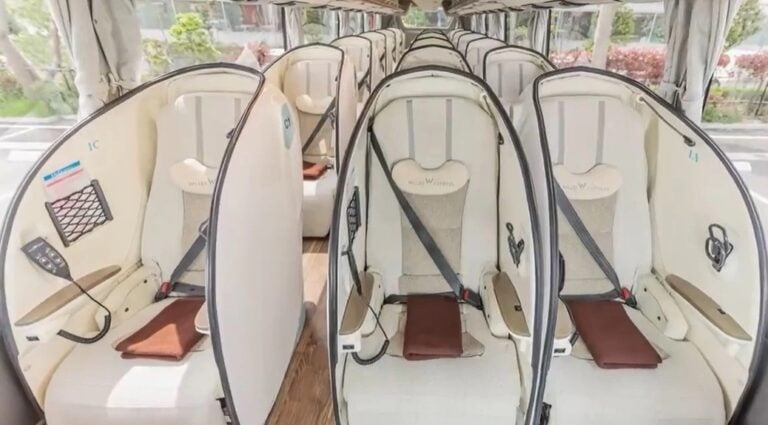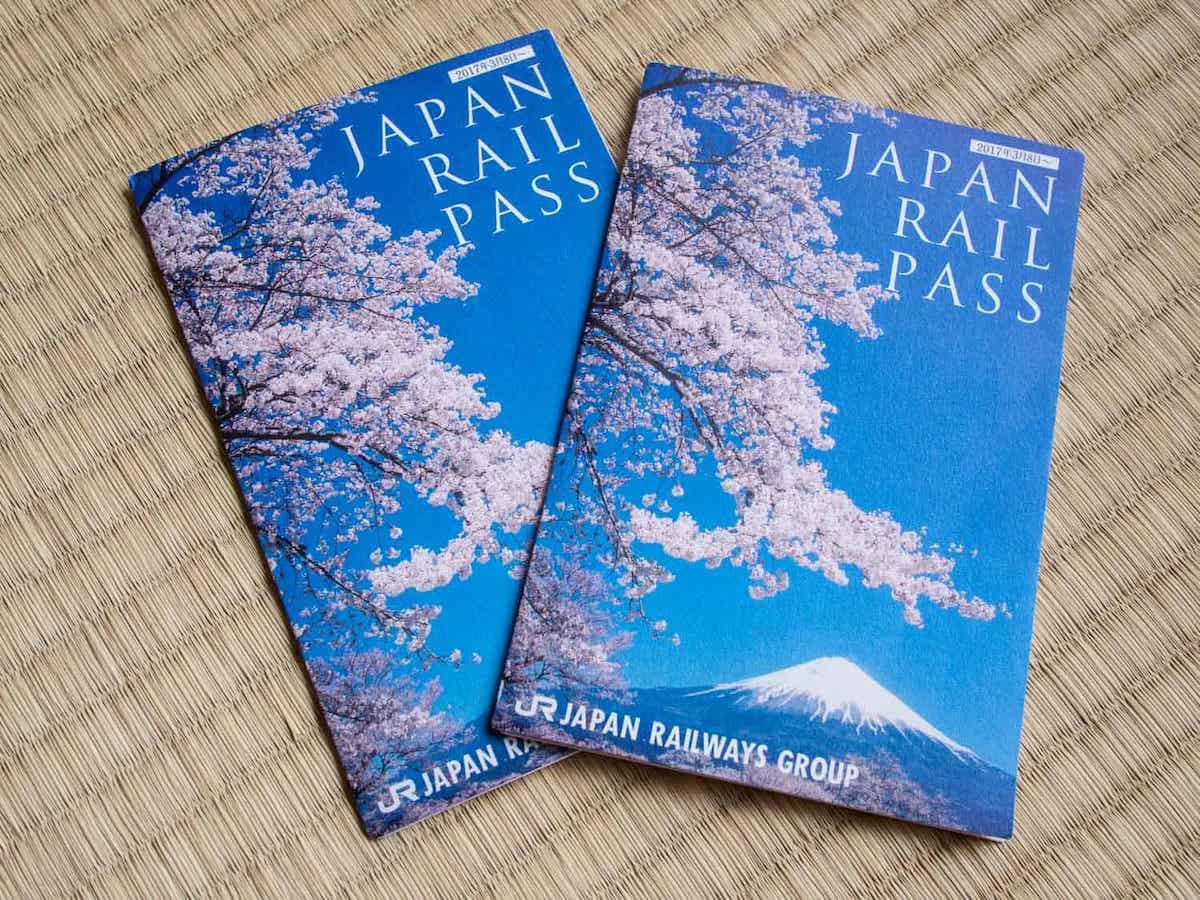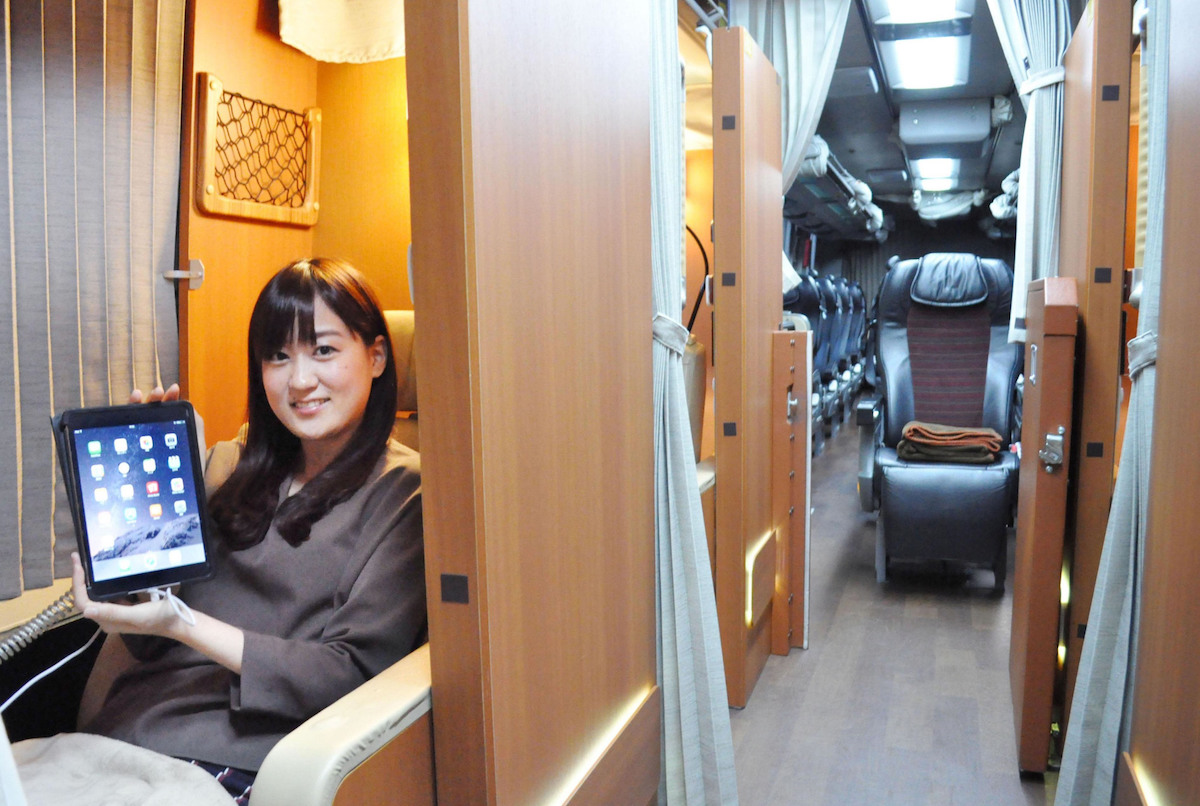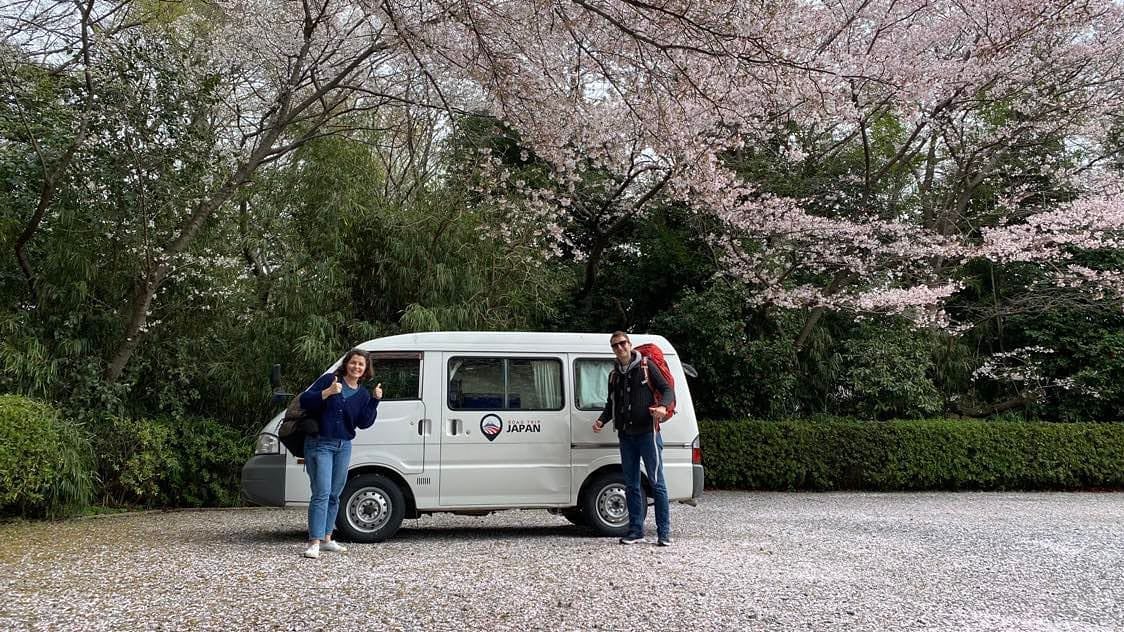
Japan is a land of contrasts, from the neon-lit streets of Tokyo to the tranquil temples of Kyoto, and from the snowy peaks of Hokkaido to the sun-soaked beaches of Okinawa. With so much to see and experience, it’s no wonder that Japan is a popular destination for travelers from all over the world. But while Japan has a reputation for being an expensive country, it’s still possible to travel around Japan on a budget, without sacrificing comfort or experiences. In fact, with a little bit of planning and creativity, you can see more of Japan for less money than you might think.
As someone who has been living in Japan for 4 years, I’ve had the opportunity to travel extensively throughout the country, both as a tourist and a resident. When I first arrived, I took advantage of the famous JR Rail Pass, which allows unlimited travel on Japan’s extensive network of trains, including the high-speed shinkansen. However, as a resident, I’ve had to find other ways to travel around Japan as I can’t now buy the heralded rail pass. This has led me to try out various modes of transportation, from overnight buses and ferries to budget airlines. Through my experiences, I’ve learned a lot about how to travel around Japan for cheap, and I’m excited to share some tips and tricks with fellow travelers.
The JR Pass Price Hike

The Japan Rail Pass has long been the go-to option for travelers looking to explore Japan on a budget. This pass allows unlimited travel on Japan Railways (JR) trains, including the high-speed shinkansen, and can be used for a period of 7, 14, or 21 days. However, the price of the Japan Rail Pass is set to increase in October 2023 by a whopping 70%, and this may impact the affordability of this option for some travelers. At the moment, if you hit a few of the big cities in a week or so, you’ll end up saving money. But after the price hike, you’re going to have to use shinkansen almost everyday to make it worth it.
If you’re planning a trip to Japan and want to make use of the Japan Rail Pass, it’s important to purchase it before the price increase takes effect. However, if you’re unable to do so or if the pass is simply too expensive for your budget, there are other options to consider. For example, you can purchase regional rail passes that allow you to travel within specific areas of Japan for a lower price than the national Japan Rail Pass. Alternatively, you can use buses or other forms of transportation to get around, which may take longer but can be more affordable in some cases.
Is the Shinkansen worth it as resident?

If you’re a resident of Japan and not eligible for the JR pass, the shinkansen may still be a great option for you to travel around the country quickly and comfortably. However, the prices can be a bit steep. For example, a one-way trip from Tokyo to Kyoto on the shinkansen can cost around ¥14,000, while a round-trip ticket can be around ¥28,000. However, if you book in advance or take advantage of discount tickets, you may be able to find cheaper prices.
For example, the “Platt Kodama” ticket allows you to travel between Tokyo and Osaka for only ¥10,300, but you must book at least one day in advance. The shinkansen is still a great option for those who want to travel quickly and efficiently around Japan.
Another popular option is the “Seishun 18 Kippu,” a seasonal ticket that allows you to travel on local and rapid trains as well as some limited express trains for five days in total. The catch is that you can’t use it on the shinkansen, but it’s a great option if you’re looking to travel on a budget and have more time.
You can also consider the “JR East Pass,” which allows unlimited travel on all JR East trains, including the shinkansen, for a certain number of days. Prices vary depending on the duration of the pass and where you want to travel, but it can be a good option if you plan to take several long-distance trips within a short period.
Japanese Overnight buses

Overnight buses are a popular and affordable way to travel around Japan, especially for budget-conscious travelers. There are several types of overnight buses available, including standard buses with reclining seats, buses with private sleeping compartments, and luxury buses with amenities like Wi-Fi and personal entertainment systems.
One of the biggest benefits of taking an overnight bus is the cost savings compared to other forms of transportation. For example, a one-way bus ticket from Tokyo to Osaka can cost around ¥7,000, which is much cheaper than a plane ticket or a regular train fare. Plus, you can save money on accommodation costs since you’ll be traveling overnight and won’t need to book a hotel room.
Another benefit of taking an overnight bus is the convenience of not having to deal with airports. You won’t need to go through security or check-in, and you won’t have to worry about the hassle of getting to and from the airport. Instead, you can simply board the bus at a designated stop and settle in for the journey.
Here are some examples of fare prices for popular overnight bus routes in Japan:
- Tokyo to Osaka: ¥7,000 – ¥10,000 yen
- Tokyo to Kyoto: ¥7,000 – ¥9,000
- Osaka to Hiroshima: ¥5,000 – ¥7,000
Overall, taking an overnight bus can be a great way to save money while traveling around Japan, especially for budget-conscious travelers. Just be sure to bring along some earplugs and a comfortable neck pillow to ensure a good night’s sleep on the bus.
Air travel in Japan

Air travel is another way to travel around Japan, and it’s often the fastest way to get from one place to another. There are several airlines in Japan that offer affordable flights, such as Peach, Skymark, and Jetstar. Prices for domestic flights can vary depending on the season and how far in advance you book, but as an example, a return flight from Tokyo to Sapporo can cost around ¥10,000 – ¥15,000, while a return flight from Tokyo to Okinawa can cost around ¥15,000 – ¥20,000.
One of the biggest advantages of flying is that it allows you to visit destinations that are far away from the main island of Honshu, such as Hokkaido or Okinawa, in a relatively short amount of time. However, flying can be more expensive than other modes of transportation, and you also have to deal with the hassle of going through airport security and waiting for your flight.
Rental Car

Renting a car is another option for those who want to travel around Japan. Renting a car gives you the freedom to explore places that may be difficult to reach by public transport. Moreover, you can make your own itinerary and travel at your own pace. However, renting a car can be expensive, and parking can be a challenge in big cities. In addition, toll roads can be expensive and add to the overall cost of renting a car. On average, renting a car in Japan can cost around ¥5,000 – ¥10,000 yen per day, depending on the type of car and the company you rent from. Despite the cost, renting a car can be a great way to explore some of the hidden gems that Japan has to offer.
Hopefully I’ve opened your eyes to some of the different ways you can travel around Japan on a budget!















